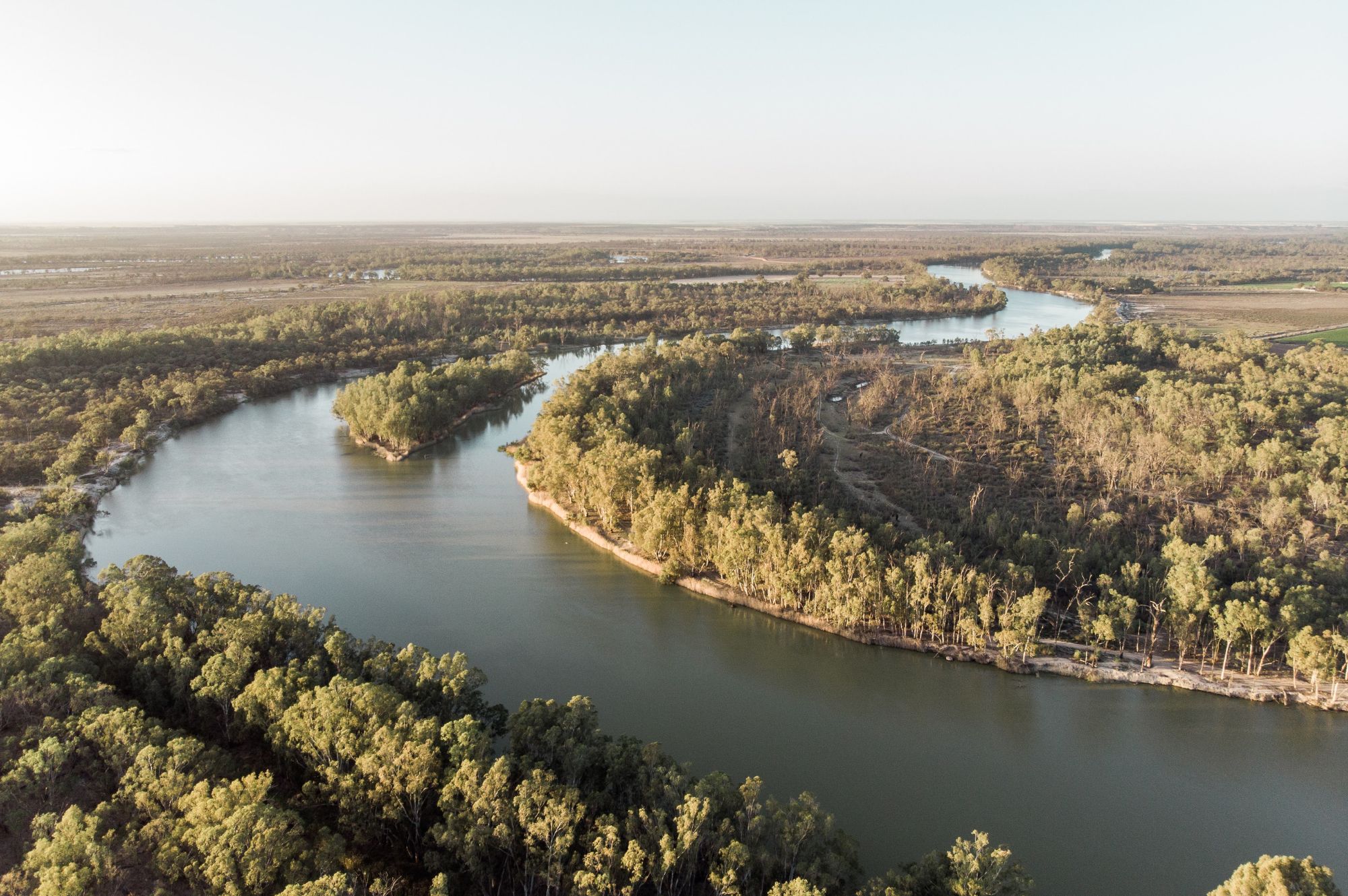One of the world's most vulnerable river systems
The Murray-Darling is Australia’s largest and most complex river system, flowing through five states and territories and supporting diverse and iconic ecosystems.
The Murray River and its floodplains hold immense cultural and ecological significance.
But over the last century, the Murray and its southern basin have been pushed closer to collapse by climate breakdown, politics, industry and agriculture.
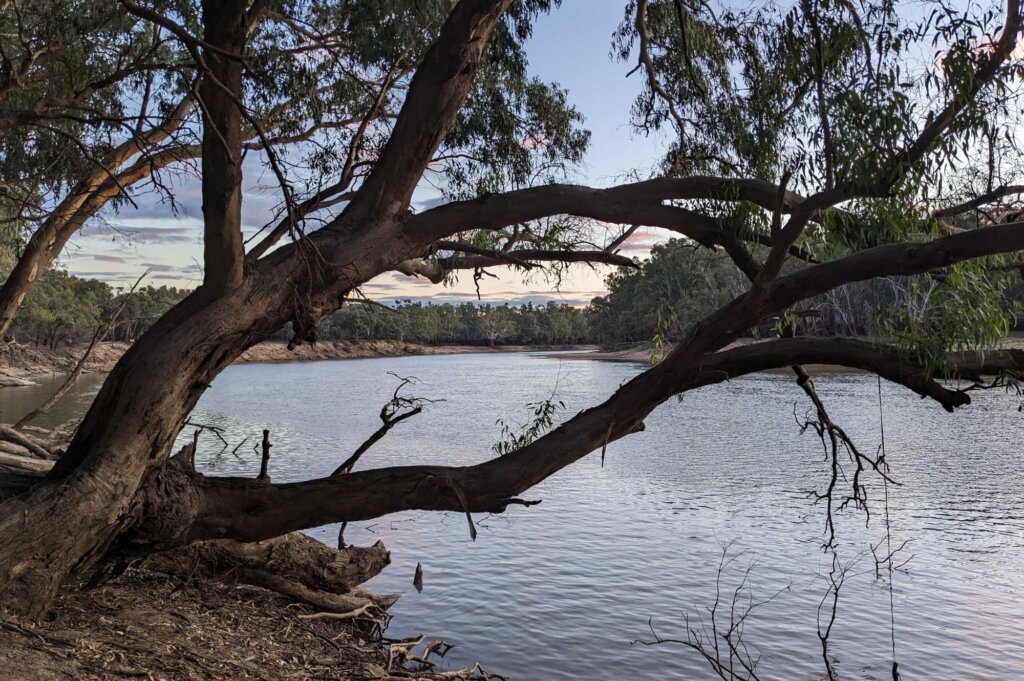
For too long politics has sidelined law and science in protecting the Murray River.
It's time for that to change.
Why the Murray River matters
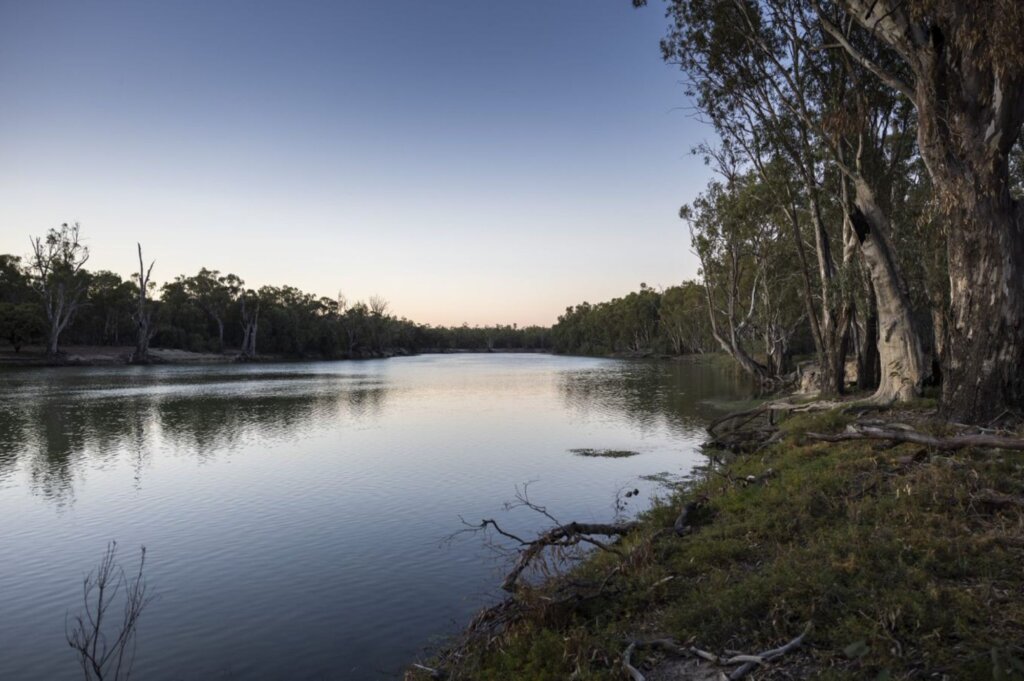
Water is life
The Murray-Darling Basin is full of culturally significant sites and wetlands, critical habitat for animals, and is the lifeblood of regional communities.
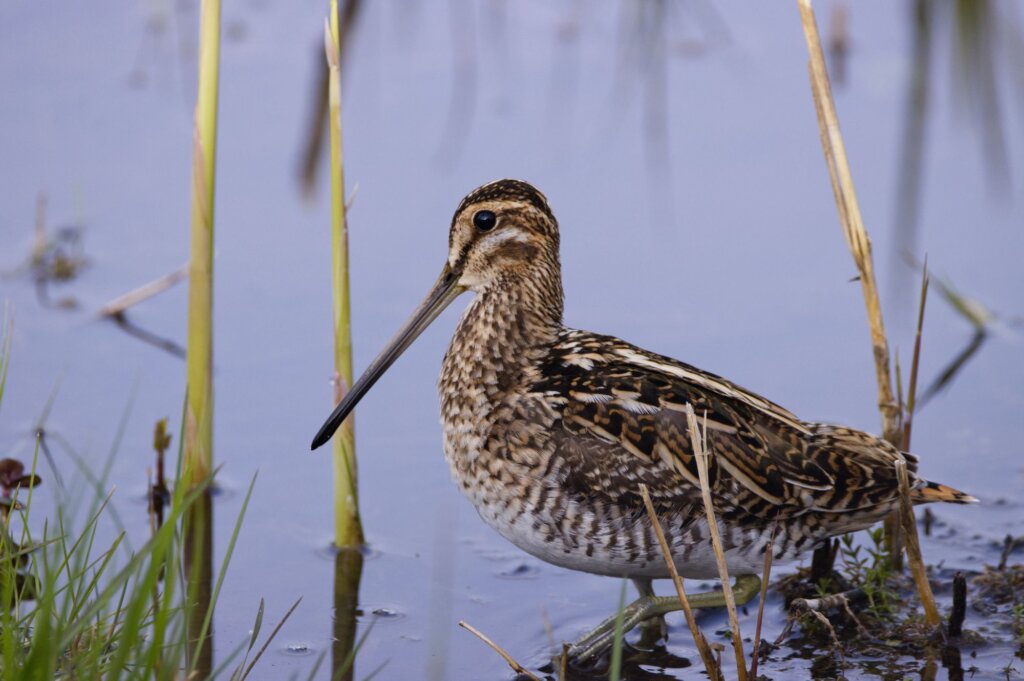
Abundant wildlife
More than 50 native fish, 85 mammal species, 367 native and migratory bird species, frogs, lizards, turtles, insects and many other animals, trees and plants call the Murray home.
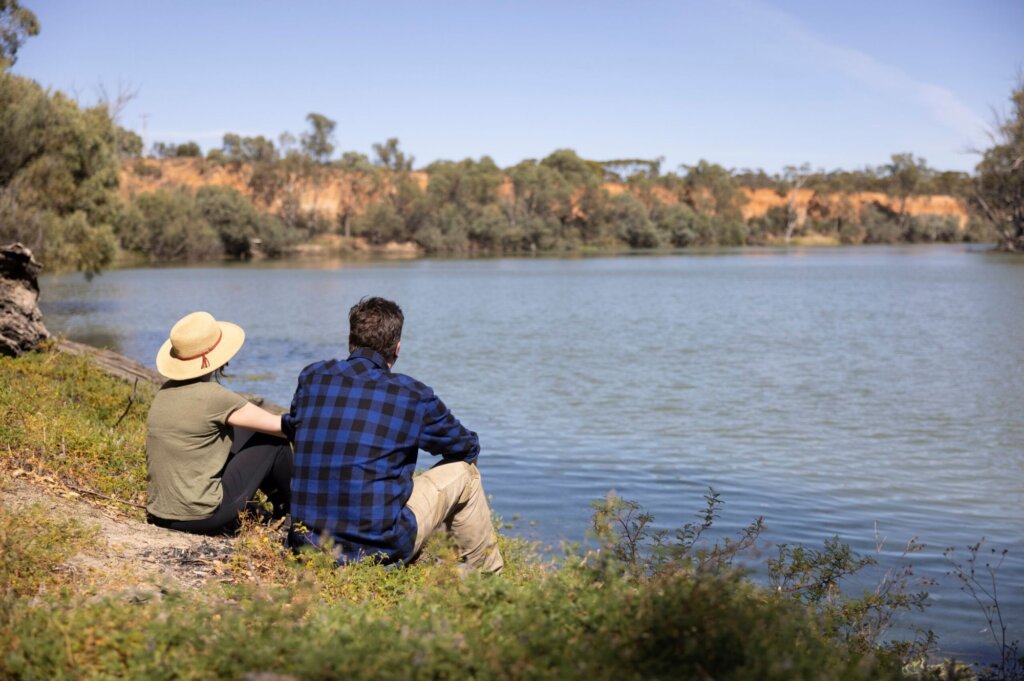
Internationally significant
Sixteen Murray River wetlands are internationally recognised for their contribution to global biodiversity.

An iconic basin in strife
The Murray-Darling is Australia’s largest and most complex river system. Over the last century, it has become one of the most vulnerable water basins on Earth, primarily as a result of human intervention interrupting natural flows.
Recently, the Victorian Murray Floodplain Restoration Project (VMFRP) launched, a multi-agency partnership designed to get water into floodplain and wetland ecosystems in the absence of naturalised flooding.
The Victorian Murray Floodplain Restoration Project includes plans to artificially engineer nine wetlands, including the Hattah Lakes North and Belsar-Yungera floodplains, as part of the Murray Darling Basin Plan.
These projects will irreversibly change the way the river functions and flows, disturb threatened native wildlife, and destroy hundreds of incredible hollow-bearing trees that take decades to grow.
The Murray River and its floodplains are special places, and we have a responsibility to safeguard their resilience and health for future generations.
What we're doing
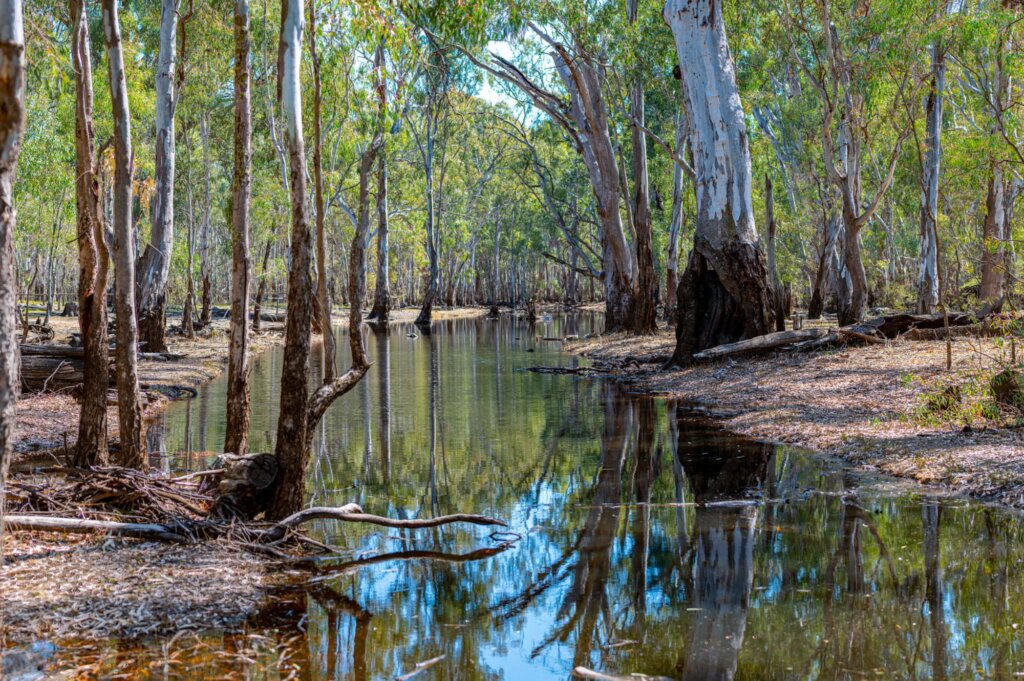
Win for Murray River as artificial wetland rejected
Plans to artificially engineer a wetland on a key Murray River floodplain have been ditched following concerns highlighted by EJA lawyers on behalf of Environment Victoria.
Read More
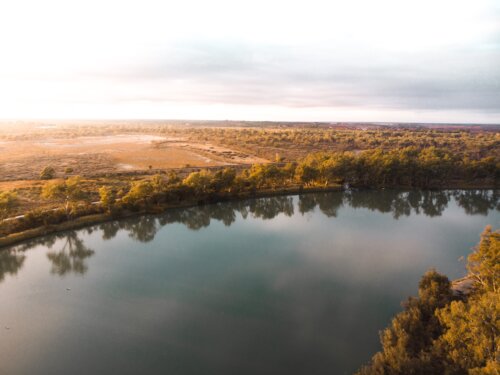
Progess or watered down laws?
Read More

Concern for Murray river floodplains
Read More
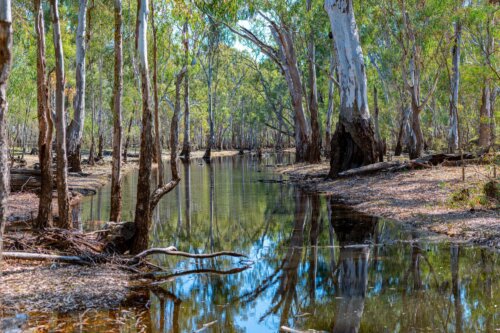
Have your say: Murray River floodplains
Read More

